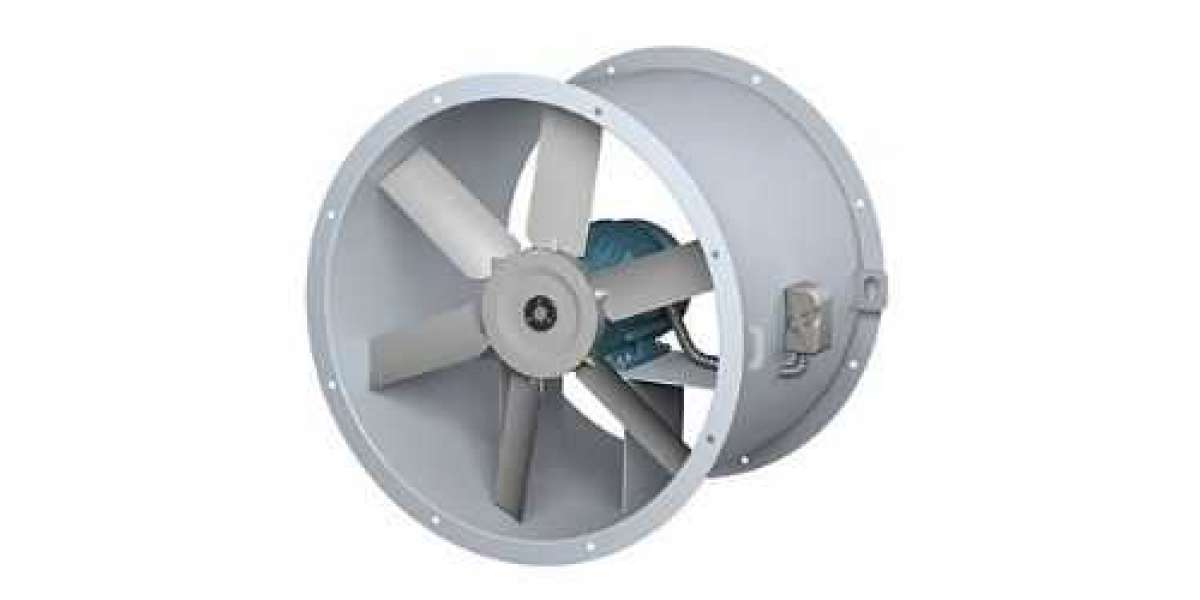The two types of fans, axial and centrifugal fans, differ in design and functionality, making them suited for different applications. It is important to understand the differences between axial and centrifugal fans to be clear about the type of fan that suits your needs.
The axial fan forces extracted air to move parallel to the shaft in which the blade rotates. In a centrifugal fan, the air is extracted at a right angle to the fan's intake. The extracted air is spanned outwards to the outlet through deflection and a centrifugal force.
Axial Fans
It uses a rotating motor-driven shaft mounted on skewed blades pulling the air in and forcing it out in a direction parallel to the shaft. The axial fans are sometimes referred to as the propeller fans based on their shape and structure. Since it can effectively and efficiently move high volumes of air, you can use axial fans to cool objects or ventilate spaces.
Axial fans come in different sizes depending on your requirement. They do not require a lot of power to operate, making them cost-effective. This will help you save electricity costs depending on the fan size you go for to suit your need.
Applications For Axial Fans
Since axial fans can move large volumes of air efficiently and effectively, you can use them in cooling both small and large spaces. You can also use the axial fans to cool your electronic equipment or computer rooms. On top of that, you can also use axial fans as exhaust since they operate as such.
Centrifugal Fans
It is sometimes known as a radial fan or a centrifugal blower. The centrifugal fan contains a motor-driven hub fitted with impellers responsible for throwing off the air into the fan housing and then directing the air to an outlet. This type of fan discharges air at an angle of 90 degrees perpendicular to the air intake.
When you compare it with the axial fan, the centrifugal fan produces a steady high-pressure stream but cannot move high-volume air like the axial. You can use a centrifugal fan to cool specific parts of electronic appliances, especially the ones that generate a lot of heat, for instance, power FET.
Unlike axial fans, centrifugal fans are not cost-effective in terms of power consumption. In terms of noise, especially electromagnetic noise, both fans are louder, but you will notice that the centrifugal fans are louder than the axial fans.
Applications Of the Centrifugal Fans
Since centrifugal fans are more durable and reliable in design, they operate well in harsh and dirty environments. You can use centrifugal fans with ductwork, pipes, exhaust, or ventilation. In electronic appliances, you can find centrifugal fans in devices like laptops.
The axial and centrifugal fans provide a cooling effect that helps manage unwanted heat generated by electronic appliances. The axial fan is named according to the airflow direction it creates since its blades rotate about an axis, draw air in a parallel direction to the axis, and push it out in the same direction. On the other hand, centrifugal fans move the air radially, changing the direction of the outward-flowing air from the direction of the incoming air. When looking for a cost-effective fan, you should go for an axial as it uses less power than the centrifugal fan. The main advantage of a centrifugal fan is that it can operate even in a dirty and harsh environment.








